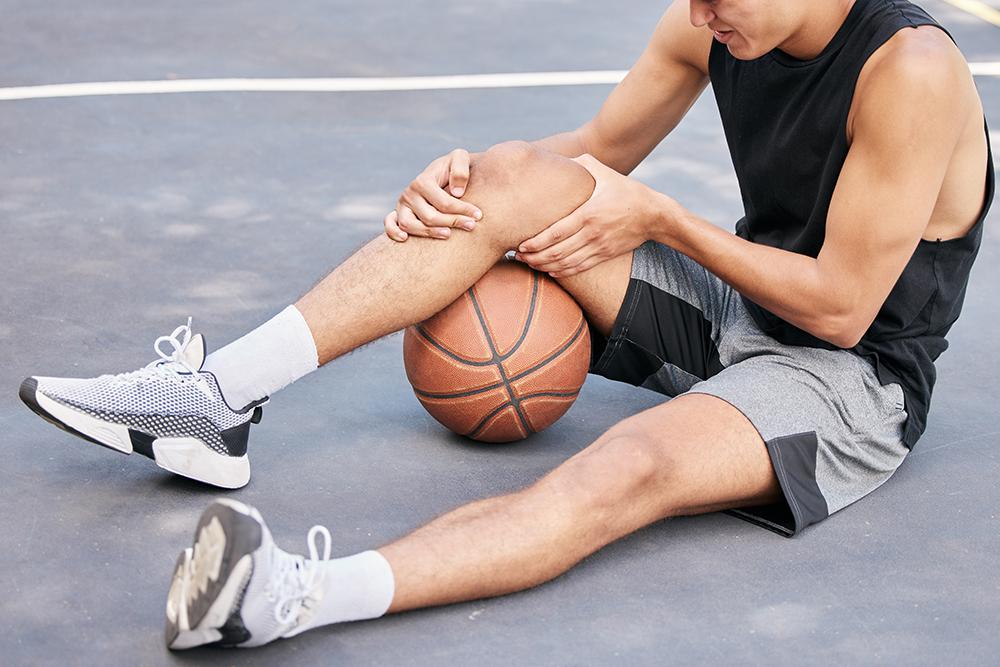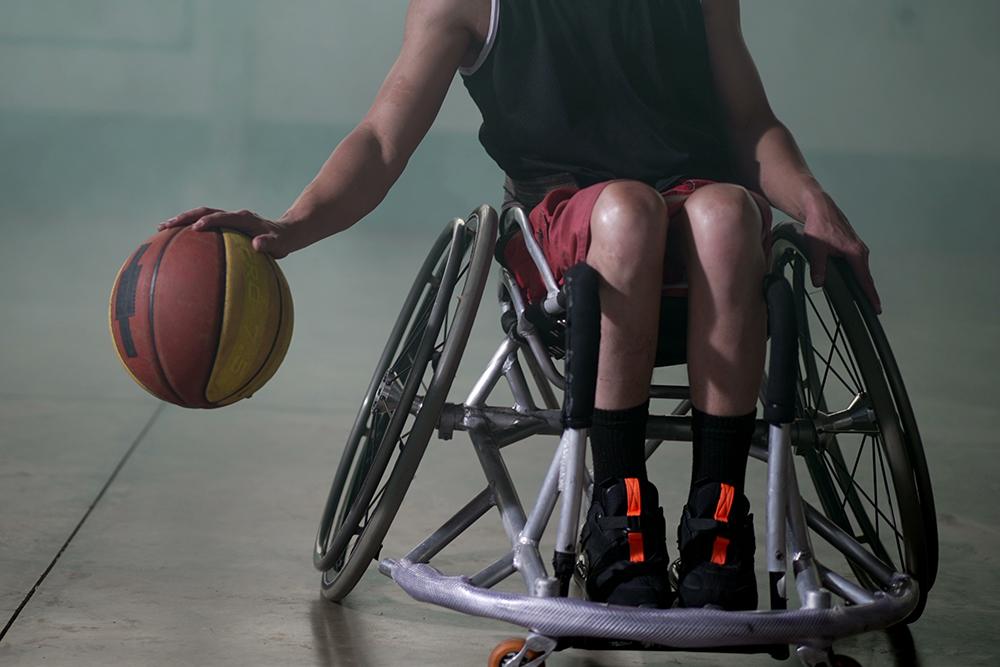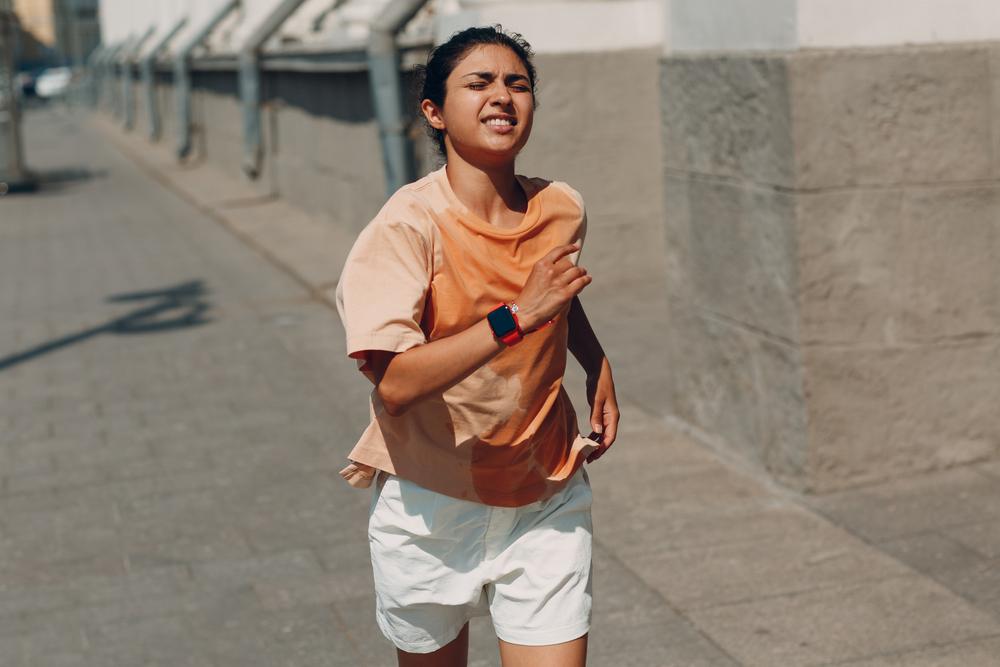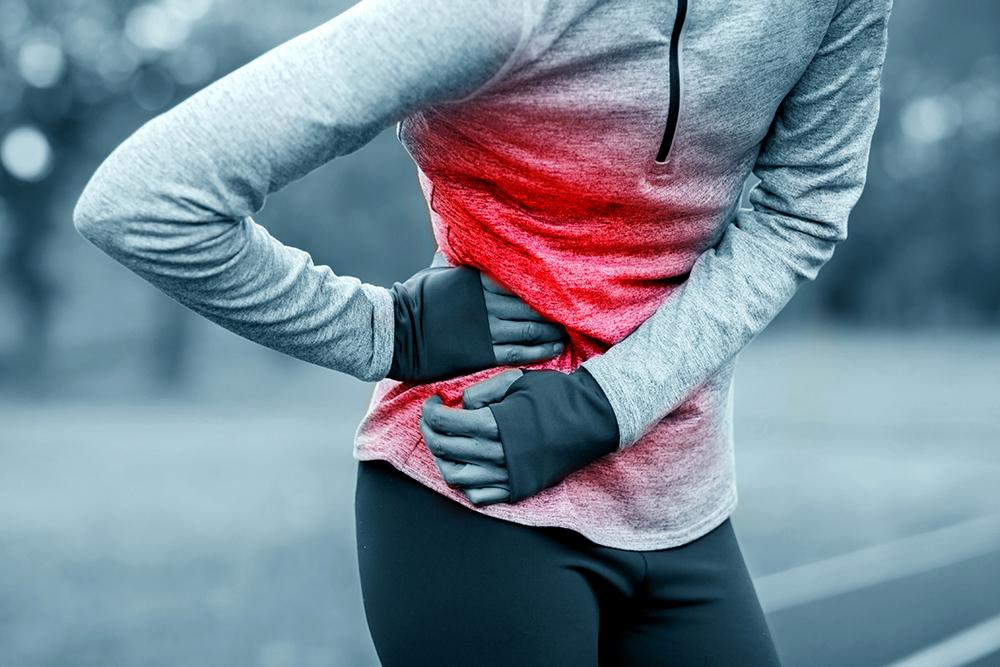 Muscle soreness is part of being an athlete: It’s almost impossible to train in a way that improves strength or fitness without feeling sore. Most of the time, soreness isn’t a bad thing. However, there’s a delicate balance. If every workout is leaving you incapable of getting out of bed the next morning without feeling sore, or you’re experiencing extreme soreness during a workout, that can be a sign that you’re pushing too hard.
Muscle soreness is part of being an athlete: It’s almost impossible to train in a way that improves strength or fitness without feeling sore. Most of the time, soreness isn’t a bad thing. However, there’s a delicate balance. If every workout is leaving you incapable of getting out of bed the next morning without feeling sore, or you’re experiencing extreme soreness during a workout, that can be a sign that you’re pushing too hard.
Here, Dr. Michele LaBotz, a TrueSport Expert and sports medicine specialist, explains what exactly soreness is, when it’s good, and when it can be a dangerous problem for athletes.
What is ‘soreness’?
While the expected feelings of muscle soreness from high intensity workouts may be obvious to some, for newer athletes it may not be as obvious as to what qualifies as a “sore muscle” versus a cramp versus an injury. “These are very subjective things,” says LaBotz. “But there are distinct differences.”
- Soreness: “Muscle soreness typically doesn’t happen right away,” says LaBotz. “Normal muscle soreness happens after the fact. You wake up the next morning or even a couple days after a hard workout and feel sore as you get up. You typically notice it during activity, whereas injuries will often be painful at rest as well. Unlike cramping or injury, soreness typically feels dull, not acute. And unlike cramping, it often doesn’t feel better when stretching, though applying ice or heat may provide some relief.”
- Injury: When it comes to injury, acute injuries will produce pain during training that indicates something is wrong, like a muscle strain or tear. LaBotz notes that more chronic overuse injuries can be difficult to differentiate from normal muscle soreness but will tend to be more localized. For example, if only your left calf is hurting, but you did a similar workout on both legs, that’s an indicator that there might be an injury versus simple soreness. Soreness shouldn’t last more than a couple days once it starts, but an injury may last much longer and often worsens over time and with use. In addition, “muscle soreness” is more common when athletes are starting a new training regimen, whereas overuse injuries typically happen after a period of repetitive training sessions.
- Cramping: “With cramping, most people find that it comes on fairly suddenly, oftentimes during activity and, at least initially, it tends to be isolated to a single muscle group,” she says. “The muscle will typically feel like it’s contracting and like it’s tight. It can be pretty severe, but athletes will often feel a bit of relief from gentle stretching.” Cramping can progress to additional muscle groups and in severe cases can feel like the whole body is involved.
Are there different types of muscle soreness?
Now that we know what’s considered soreness versus a cramp or an injury, there are also different types of soreness you may experience. Some muscle damage is part of normal training and essential for performance improvement—but there’s a fine line between helpful and harmful soreness. “The way building fitness and capacity works is that at the end of each workout, you’re a little bit broken down,” says LaBotz. “There are tiny tears in the muscle and tiny amounts of damage in the bones and the soft tissues that promote the healing response that actually improves strength and performance.”
How do you know the difference between good soreness and bad?
 “The most common type of soreness in young athletes is delayed onset muscle soreness, also known as DOMS,” LaBotz says. You finish a gym session or a hard workout feeling fine, only to wake up a day or two later feeling like even getting out of bed is a chore. But after several days, you’re feeling normal again, and while it’s not pleasant to be up and walking around, it’s not impossible.
“The most common type of soreness in young athletes is delayed onset muscle soreness, also known as DOMS,” LaBotz says. You finish a gym session or a hard workout feeling fine, only to wake up a day or two later feeling like even getting out of bed is a chore. But after several days, you’re feeling normal again, and while it’s not pleasant to be up and walking around, it’s not impossible.
When soreness is taken to the extreme—typically because the athlete has pushed too hard or worked out harder than they should in the heat—rhabdomyolysis, a rare form of muscle breakdown, can occur. Unfortunately, every year athletes end up in the hospital with rhabdomyolysis, often as the result of a coach using exercise as a punishment. This extreme version of muscle soreness isn’t just painful, it’s dangerous, with the potential for significant and permanent kidney damage.
Rhabdomyolysis is more common when an athlete is training while sick, particularly when dealing with vomiting or diarrhea, or while they have a fever. LaBotz notes that if you’re feeling ill, inform your coach and sit out practice, especially practices that are particularly grueling or when it’s hot out. Athletes with sickle cell trait are also more predisposed to developing rhabdomyolysis, so LaBotz recommends informing your coach if you know you have sickle cell trait so they can ensure that you’re working out safely.
How can you tell when muscle soreness goes from DOMS to rhabdomyolysis?
First, LaBotz says that muscle soreness with DOMS usually only feels painful with movement. If your muscles are still painful while at rest, or you notice that your urine is darker/brown, those are signs that point to rhabdomyolysis, and you should seek medical attention.
No pain, no gain?
Muscle soreness from DOMS isn’t a bad thing: It’s a sign that your body is repairing and recovering—and improving your fitness and strength. However, “too much of a good thing, is not a good thing.” Every workout shouldn’t leave you sore for days after training.
“If you’ve been away from training for a while and you are getting back into it, the first couple sessions may leave you with some DOMS,” LaBotz says. “But as you get more fit, the frequency and severity of the DOMs should go down, unless you’re adding in a new training component or significantly increasing training volume.”
Although DOMS may be an indicator of muscles trying to adapt to higher intensity training, a more rapid onset of soreness can be an indicator of rhabdomyolysis or a more acute injury. LaBotz says that if you’re feeling soreness within a few hours of training and it’s continuing to get worse, it’s important to talk to your healthcare provider, since that can be a sign of a more serious problem.
___________________________
Takeaway
DOMS a day or two after a hard workout is normal and even expected in athletes. DOMS causes temporary discomfort but isn’t something to worry about unless it’s occurring after every workout. But too much muscle soreness can be an indicator of rhabdomyolysis, a dangerous injury that causes muscle breakdown. Pay attention to warning signs for rhabdomyolysis, including dark urine, soreness that begins during or immediately after exercise, and extreme muscle pain.



